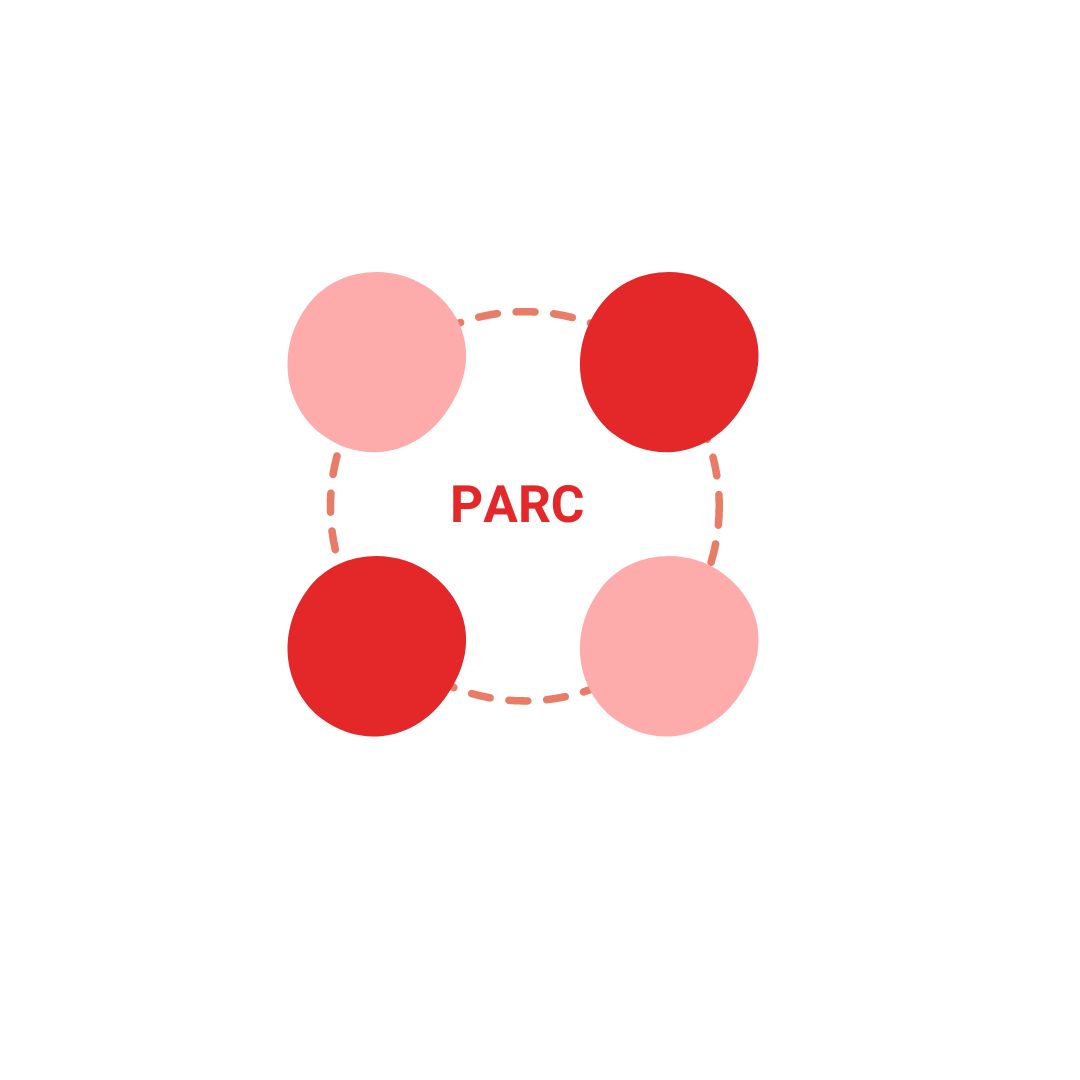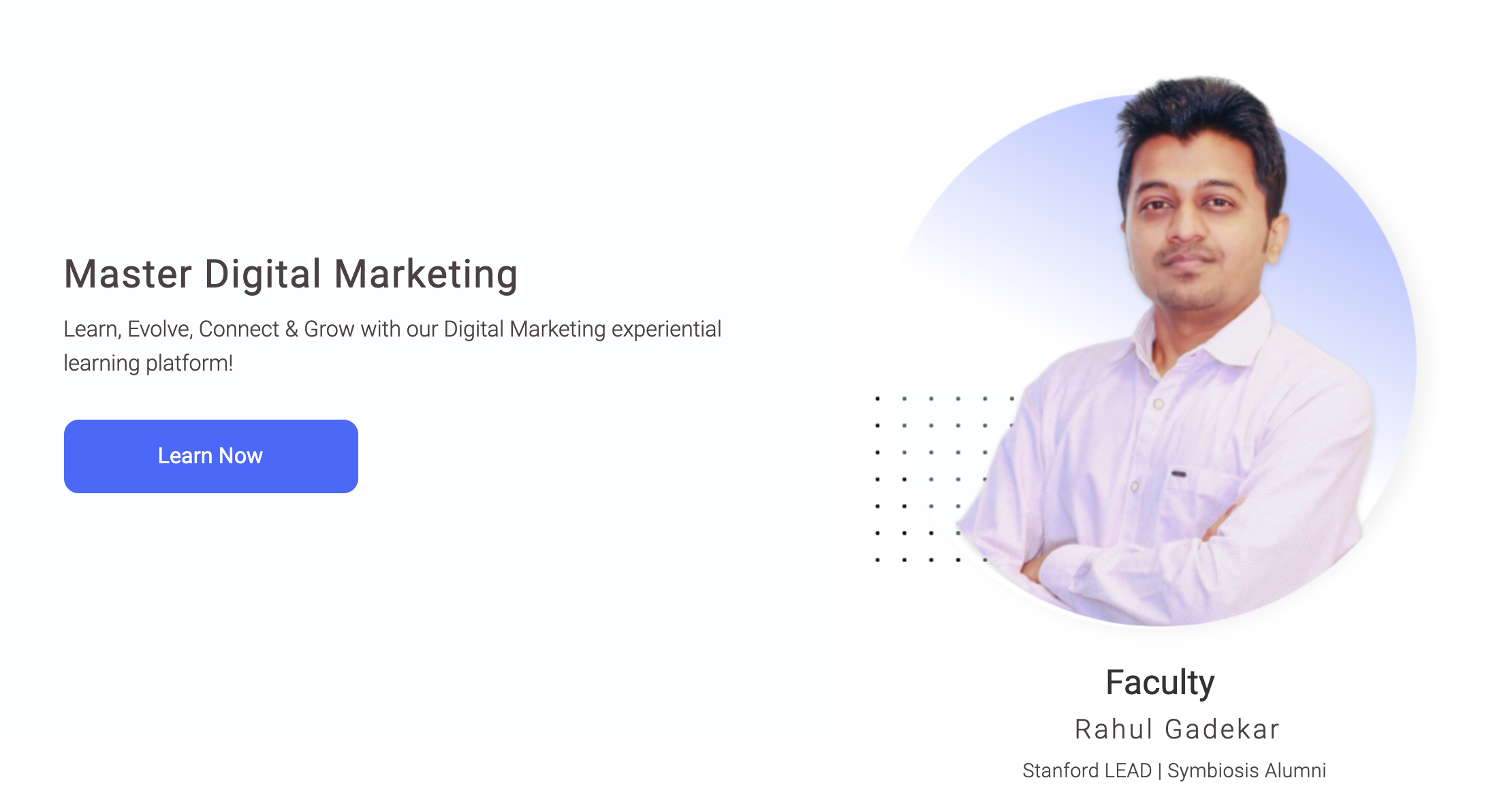In the evolving landscape of personal development and mental health services, Neuro-Linguistic Programming (NLP) emerges as a compelling methodology for enhancing individual potential. However, the unique value proposition of NLP services often requires innovative marketing strategies to effectively reach and engage target audiences. This blog delves into the art of applying growth marketing principles to NLP services, aiming to not only attract clients but also create lasting impacts on their lives.
Before diving into digital marketing strategies, it’s essential to grasp what NLP stands for.
1. What is Neuro-Linguistic Programming (NLP):
Neuro-Linguistic Programming (NLP) is a psychological approach that involves analyzing strategies used by successful individuals and applying them to reach a personal goal. It relates thoughts, language, and patterns of behavior learned through experience to specific outcomes. Essentially, NLP is predicated on the notion that people operate by internal “maps” of the world that they learn through sensory experiences.
Definition of NLP
NLP stands for Neuro-Linguistic Programming:
- Neuro refers to the neurological system. NLP is based on the idea that behavior results from neurological processes involving the five senses: visual, auditory, kinesthetic (touch), olfactory (smell), and gustatory (taste).
- Linguistic points to the way humans use language to make sense of the world, capture and conceptualize experience, and communicate that experience to others. In NLP, linguistic refers to the ways our words reflect our mental worlds.
- Programming relates to the patterns of behavior and thought that people learn through experience. It suggests that these patterns can be organized and changed to achieve specific goals in life.
As NLP facilitates personal development, improves communication, and aids in overcoming phobias and anxieties, marketing these services requires a nuanced approach that resonates with the deep-seated desires for growth and transformation.
2. Target Audience Identification and Segmentation
Identifying and segmenting your target audience is a crucial step in developing effective marketing strategies for your Neuro-Linguistic Programming (NLP) services business. This process helps you understand who your potential clients are, what their needs and challenges are, and how best to communicate the benefits of your NLP services to them. Here’s a step-by-step guide to identifying and segmenting your target audience:
a. Define Your Services and Value Proposition
Before you can identify your target audience, you need to have a clear understanding of the NLP services you offer and the value they provide. What specific problems do your services solve? How do they improve your clients’ personal or professional lives? Understanding your value proposition will help you identify the people who need your services the most.
b. Conduct Market Research
Market research is essential to understand the demographics, needs, and preferences of potential clients. This can involve:
- Quantitative research like surveys and questionnaires to gather numerical data on potential clients’ demographics, behaviors, and preferences.
- Qualitative research like interviews and focus groups to dive deeper into individuals’ experiences, needs, and attitudes towards NLP.
c. Identify Demographics
Break down your potential client base by demographics such as age, gender, education level, occupation, income level, and geographical location. Different demographic groups may have different needs and preferences for NLP services. For example, professionals in high-stress jobs might seek NLP for stress management, while others might be interested in improving personal relationships or communication skills.
d. Understand Psychographics
Psychographics involves understanding the psychological attributes of your target audience, including their personality traits, values, attitudes, interests, and lifestyles. This information helps you understand why certain individuals might seek out NLP services. For example, individuals interested in personal development, those open to alternative therapies, or those with a proactive approach to mental health could be key segments.
e. Analyze Behavioral Data
Consider the behavior of potential clients regarding NLP services. This includes how they seek out information about NLP, the types of NLP services they prefer (e.g., one-on-one coaching, workshops, online courses), and their past experiences with similar services. Behavioral data can also include engagement with your or competitors’ marketing efforts, such as website visits, social media interactions, and email responses.
f. Segment Your Audience
Based on the data collected, segment your target audience into distinct groups with common characteristics or needs. Common ways to segment for NLP services might include:
- By Need: Segmenting by specific needs or challenges, such as growing business, overcoming phobias, or enhancing leadership abilities.
- By Demographic: Focusing on specific age groups, professions, or education levels.
- By Psychographic: Targeting individuals with a shared interest in personal growth, wellness, and self-improvement.
- By Behavior: Segmenting based on how individuals prefer to receive NLP services (e.g., in-person vs. online, individual vs. group sessions).
3. Tailored Marketing
Tailoring your marketing strategies based on customer segmentation involves understanding the unique characteristics, needs, and preferences of each segment of your target audience. By customizing your approach for each group, you can communicate more effectively and increase the likelihood of engaging potential clients for your Neuro-Linguistic Programming (NLP) services. Here are ways to tailor your marketing efforts, with examples for different segments:
Segment 1: Professionals Seeking Career Advancement
- Characteristics: Mid-level professionals looking to improve leadership skills, communication, and personal effectiveness.
- Marketing Approach: Focus on the outcomes that resonate with their career goals, such as enhanced leadership capabilities, better decision-making, and improved public speaking skills.
- Examples:
- LinkedIn Articles and Ads: Publish articles on LinkedIn that showcase success stories of professionals who have benefited from NLP in their careers. Use LinkedIn ads targeting specific industries or job titles.
- Webinars: Host webinars on topics like “Enhancing Leadership Skills with NLP” or “NLP Techniques for Effective Communication in the Workplace.”
- Email Marketing: Send targeted emails offering a free initial consultation or a discount on corporate packages for leadership teams.
Segment 2: Individuals Seeking Personal Development
- Characteristics: Individuals interested in self-improvement, overcoming personal challenges, or achieving specific life goals.
- Marketing Approach: Highlight the transformative power of NLP in personal growth, focusing on stories of change and development.
- Examples:
- Inspirational Blog Posts: Write blog posts that tell inspiring stories of personal transformation through NLP, focusing on overcoming fears, building confidence, or finding life’s purpose.
- Social Media Challenges: Launch a 30-day self-improvement challenge on social media with daily NLP tips and exercises, encouraging followers to share their progress.
- Interactive Workshops: Organize local or online workshops titled “Unlock Your Potential with NLP,” offering hands-on experiences with NLP techniques.
Segment 3: Individuals Dealing with Specific Phobias or Anxiety
- Characteristics: People looking for effective methods to overcome fears, phobias, or anxiety issues.
- Marketing Approach: Emphasize the efficacy of NLP in managing and overcoming phobias and anxiety, offering hope and a solution-oriented approach.
- Examples:
- Testimonials: Share video testimonials on your website and social media from clients who have successfully overcome their phobias or anxiety with your NLP services.
- Specialized Landing Pages: Create landing pages on your website specifically addressing how NLP can help with phobias and anxiety, including FAQs, client stories, and easy ways to book consultations.
- Email Series: Develop an email series for subscribers interested in this segment, providing insights into how NLP works, success stories, and special offers for targeted sessions.
Segment 4: Health and Wellness Enthusiasts
- Characteristics: Individuals focused on holistic health, wellness, and integrating mental and physical well-being.
- Marketing Approach: Connect NLP to overall well-being, emphasizing its role in achieving a balanced and healthy lifestyle.
- Examples:
- Collaborations with Wellness Brands: Partner with health and wellness brands or influencers to introduce your NLP services to their audience through co-hosted events or featured content.
- Health and Wellness Expos: Participate in health and wellness expos, offering demonstrations of how NLP can aid in stress reduction and promote mental wellness.
- Content Marketing: Produce content for your blog or YouTube channel that integrates NLP with wellness topics, such as “Using NLP to Enhance Mind-Body Connection” or “NLP Techniques for Stress Management.”
4. Content Marketing
Content marketing is a strategic approach focused on creating and distributing valuable, relevant, and consistent content to attract and retain a clearly defined audience — and ultimately, to drive profitable customer action. For a Neuro-Linguistic Programming (NLP) services business, content marketing can be particularly effective. It educates potential clients about the benefits and applications of NLP, engages them through insightful and relatable content, and gradually guides them towards choosing your services. Here’s how to implement content marketing for your NLP business:
a. Develop a Content Plan
Create a content calendar that outlines what type of content you’ll produce, when you’ll publish it, and where it will be distributed. Your plan should include a mix of content types such as blog posts, videos, infographics, ebooks, and webinars.
b. Produce High-Quality, Educational Content
Craft content that educates your audience about NLP and its benefits. Examples include:
- Blog Posts: Write informative articles on topics like “What is NLP and How Does It Work?” or “Top 5 NLP Techniques for Reducing Anxiety.”
- Videos: Create engaging videos explaining NLP concepts, client success stories, or tips for self-improvement using NLP techniques.
- Infographics: Design visually appealing infographics that outline the NLP process, its benefits, or how it compares to other personal development methods.
- Ebooks and Guides: Offer comprehensive guides or ebooks on specific areas where NLP can be applied, such as improving communication skills, enhancing personal relationships, or achieving career goals.
- Webinars and Online Workshops: Host live sessions that offer a deeper dive into NLP topics, providing an interactive way for your audience to learn and ask questions.
c. Optimize for Search Engines
Ensure your content is discoverable by optimizing it for search engines. Use relevant keywords, create compelling meta descriptions, and structure your content for readability. This will help your content rank higher in search results, making it easier for potential clients to find.
d. Promote Your Content
Share your content across various channels to reach a wider audience. This includes your business’s website, social media platforms, email newsletters, and online forums or groups related to personal development. Consider using paid advertising to boost the visibility of your most valuable content.
5. Continuous Optimization and Learning
Growth marketing is inherently data-driven and iterative. By continuously monitoring the performance of your marketing strategies and experimenting with new tactics, you can uncover what resonates best with your target audience. Analyzing metrics such as website traffic, conversion rates, and engagement levels enables the fine-tuning of campaigns for optimal results.
6. Nurturing Leads
Nurturing leads for a Neuro-Linguistic Programming (NLP) business involves guiding potential clients through the sales funnel with a series of targeted and personalized communications. This process helps build trust, educates your audience about the benefits of NLP, and gently persuades them to choose your services. Here’s how to effectively nurture leads for your NLP business:
a. Capture Leads with High-Quality Content
Offer valuable content in exchange for contact information. This could include ebooks, webinars, or guides on topics related to NLP. Use landing pages with forms to capture leads, ensuring that you gather enough information to segment and personalize future communications.
b. Segment Your Leads
Categorize your leads based on their interests, behaviors, and demographics. This could include segments such as professionals looking for career advancement, individuals seeking personal development, or people dealing with specific challenges like anxiety or phobias. Segmentation allows for more targeted and relevant communication.
c. Develop a Lead Nurturing Email Series
Create a series of emails tailored to each segment. These emails should provide additional value, educate about NLP, and address potential objections or questions. The series might start with more educational content and gradually introduce more direct calls-to-action (CTAs) to book a consultation or attend a workshop.
d. Use Personalization
Personalize your communications based on the information you’ve gathered about each lead. Personalization can be as simple as including the lead’s name in emails or as complex as tailoring the content to their specific interests or challenges.
e. Offer Free Initial Consultations
Encourage potential clients to take the next step with a free initial consultation. This can be an effective way to demonstrate the value of your NLP services directly and address any remaining hesitations.
f. Engage Through Multiple Channels
While email is a powerful tool for lead nurturing, consider using other channels as well. Social media, retargeting ads, SMS messages, or even direct mail can complement your email efforts and keep your business top-of-mind.
g. Provide Social Proof
Incorporate testimonials, case studies, and reviews into your lead nurturing communications. Social proof helps build trust and credibility, showing potential clients the real-world benefits of your NLP services.
h. Monitor and Respond to Engagement
Pay attention to how leads are interacting with your communications. Use analytics to identify which emails are being opened and which links are clicked. This information can help you refine your approach and focus on what’s working. Additionally, be responsive to any replies or inquiries from leads.
i. Educate on the Next Steps
Make it clear and easy for leads to take the next step towards becoming a client. Whether it’s booking a session, signing up for a course, or attending a workshop, your communications should guide leads towards making a decision.
j. Evaluate and Adjust Your Strategy
Regularly review the performance of your lead nurturing strategy. Look at conversion rates, the effectiveness of different segments, and the overall return on investment. Use these insights to make adjustments and improve your approach over time.
Conclusion
Marketing NLP services requires a strategic blend of education, engagement, and trust-building. By leveraging growth marketing principles tailored to the unique characteristics of NLP, practitioners can effectively attract and retain clients seeking transformation. The journey of growth marketing mirrors the personal development journey at the heart of NLP—both are ongoing processes of learning, adaptation, and evolution. With the right strategies in place, NLP practitioners can not only grow their client base but also make a profound impact on the lives of those they serve.







